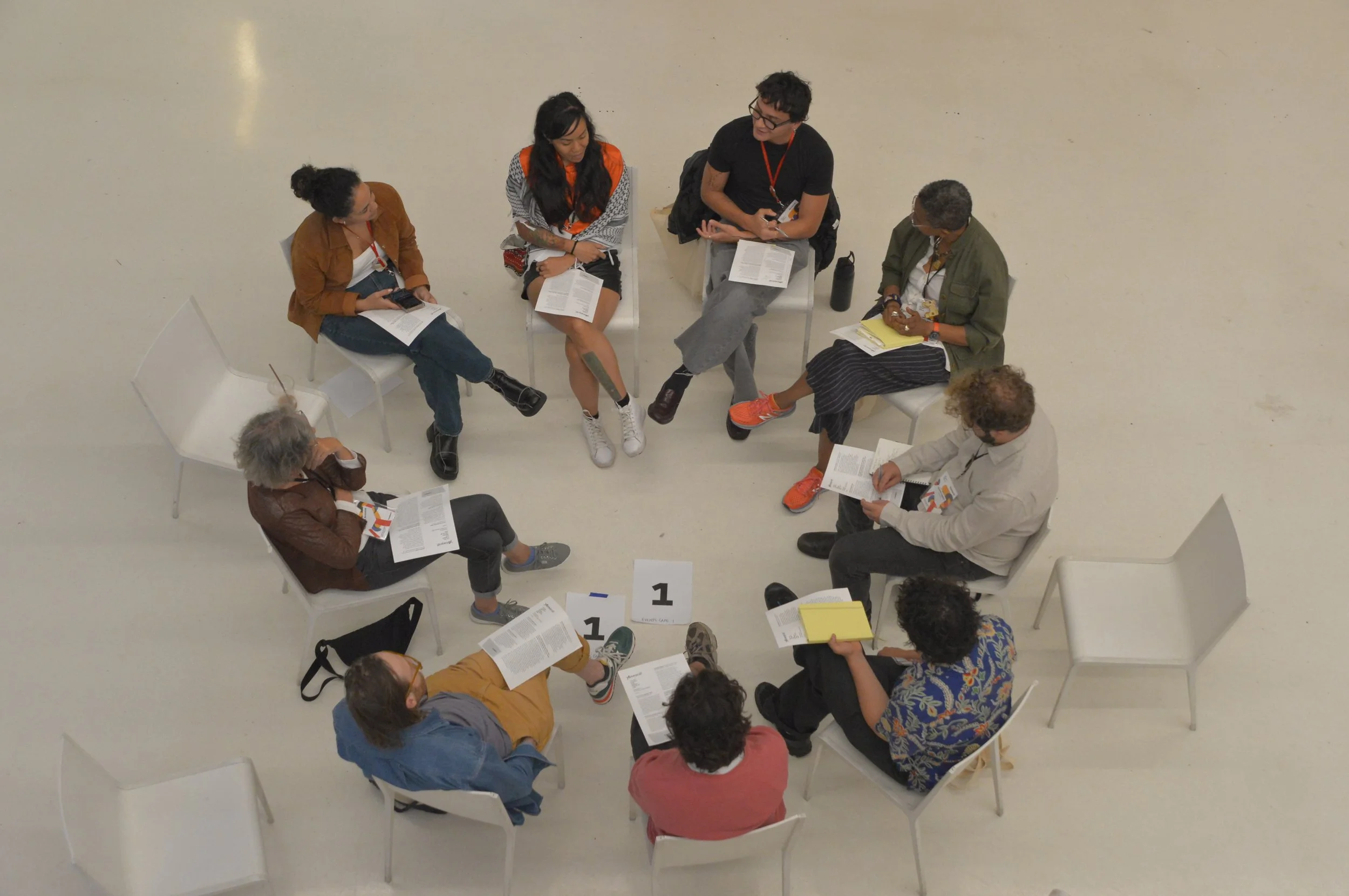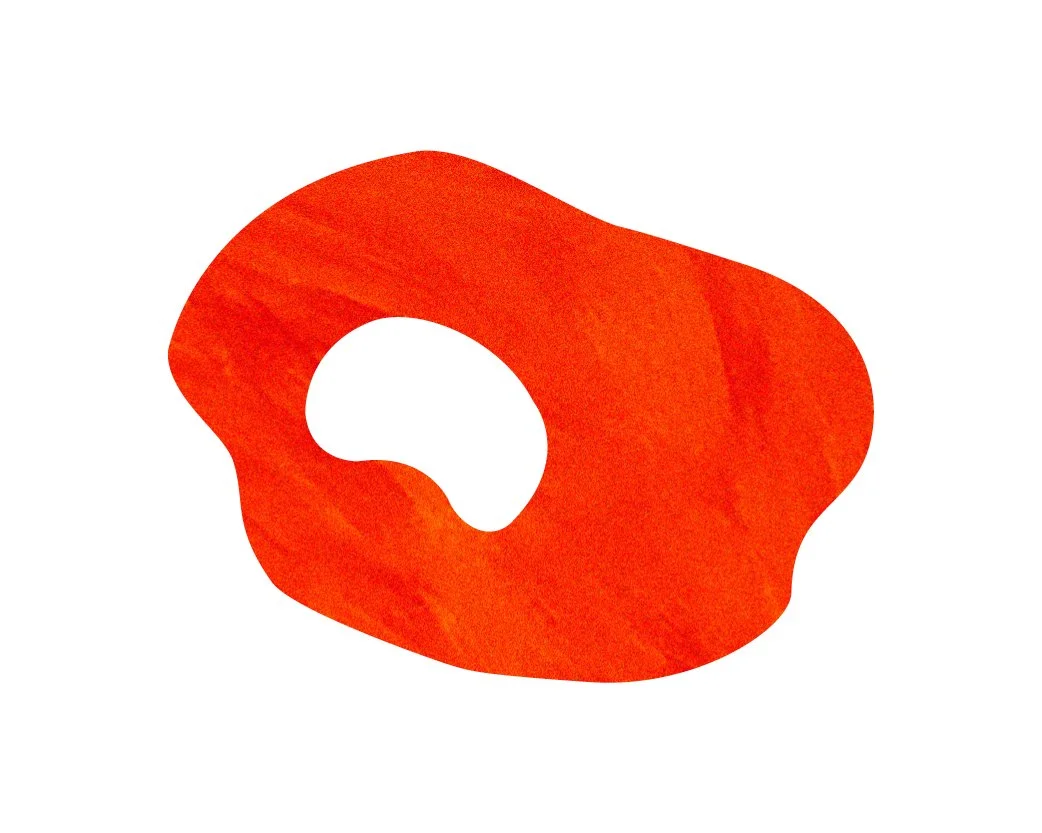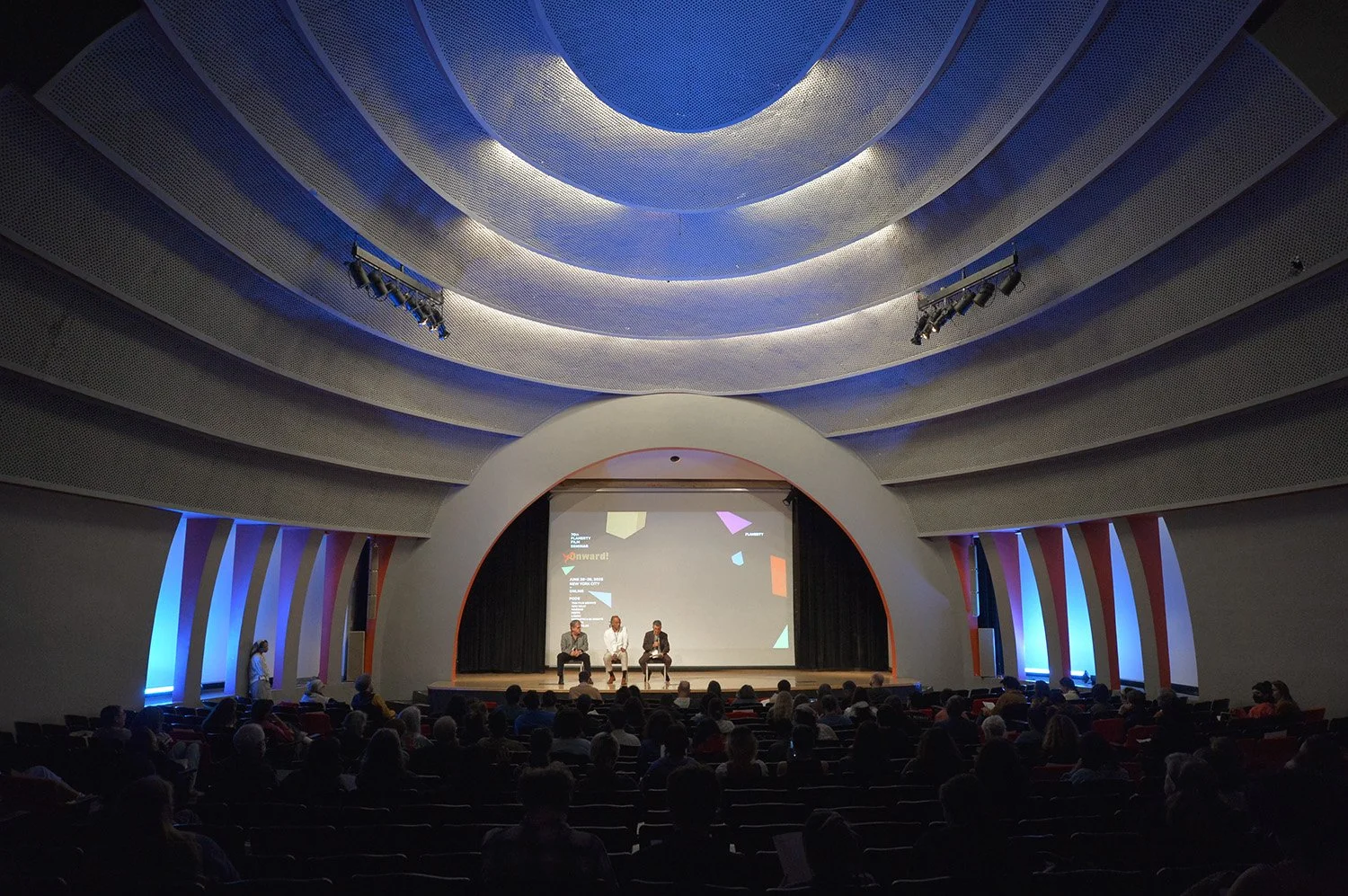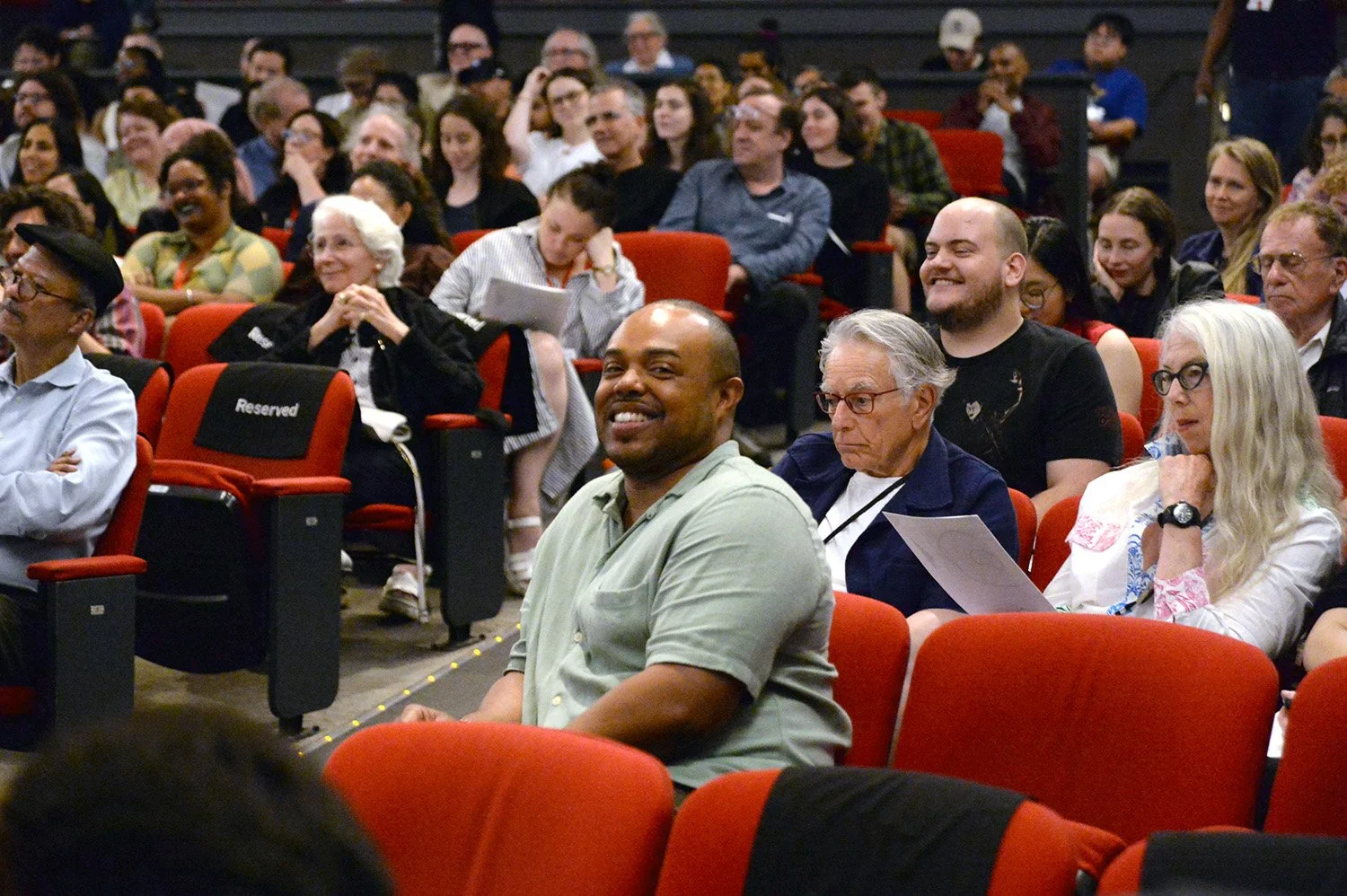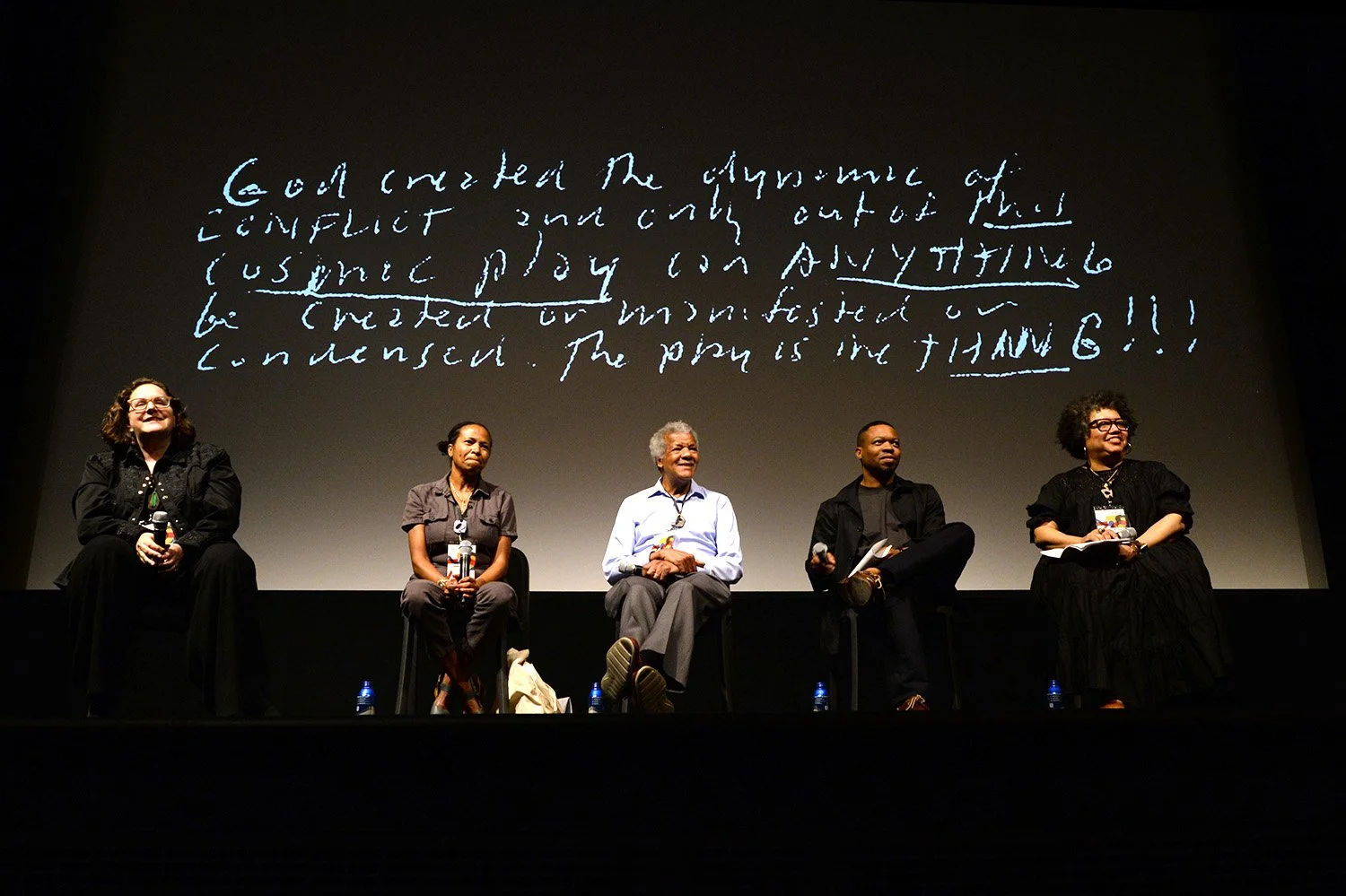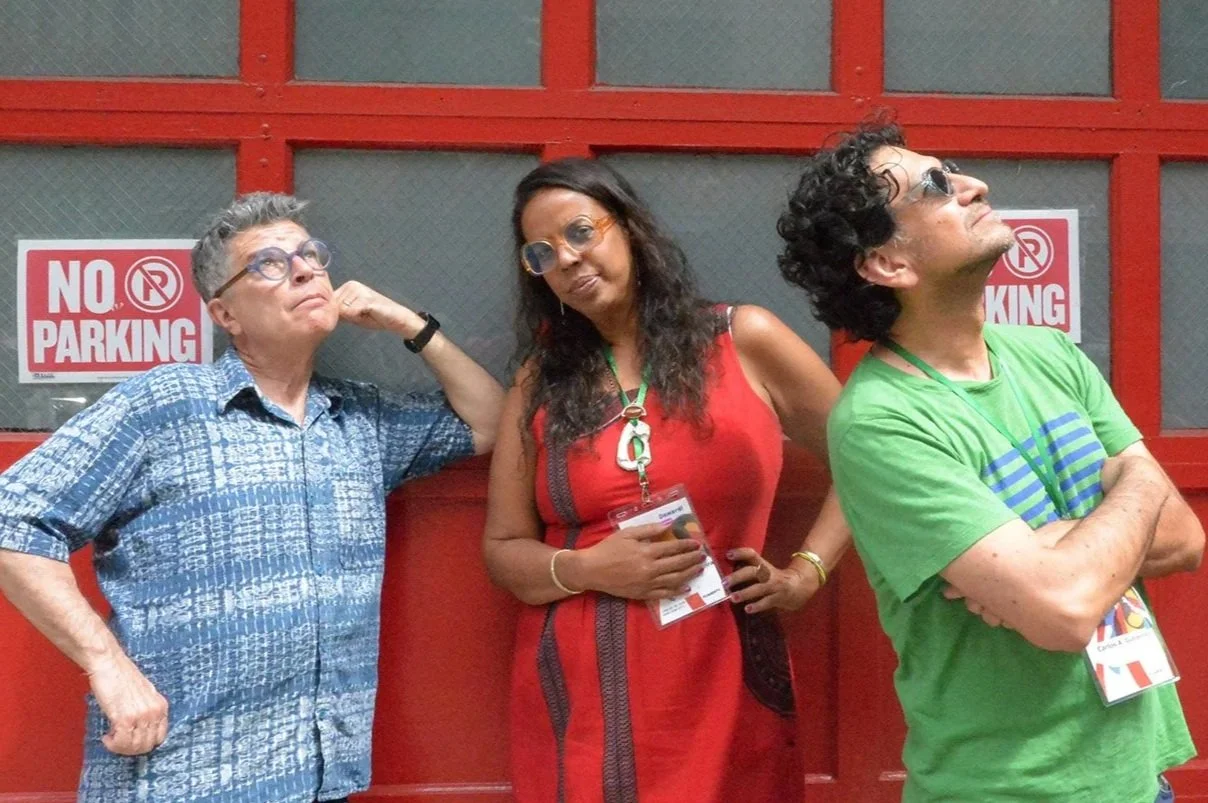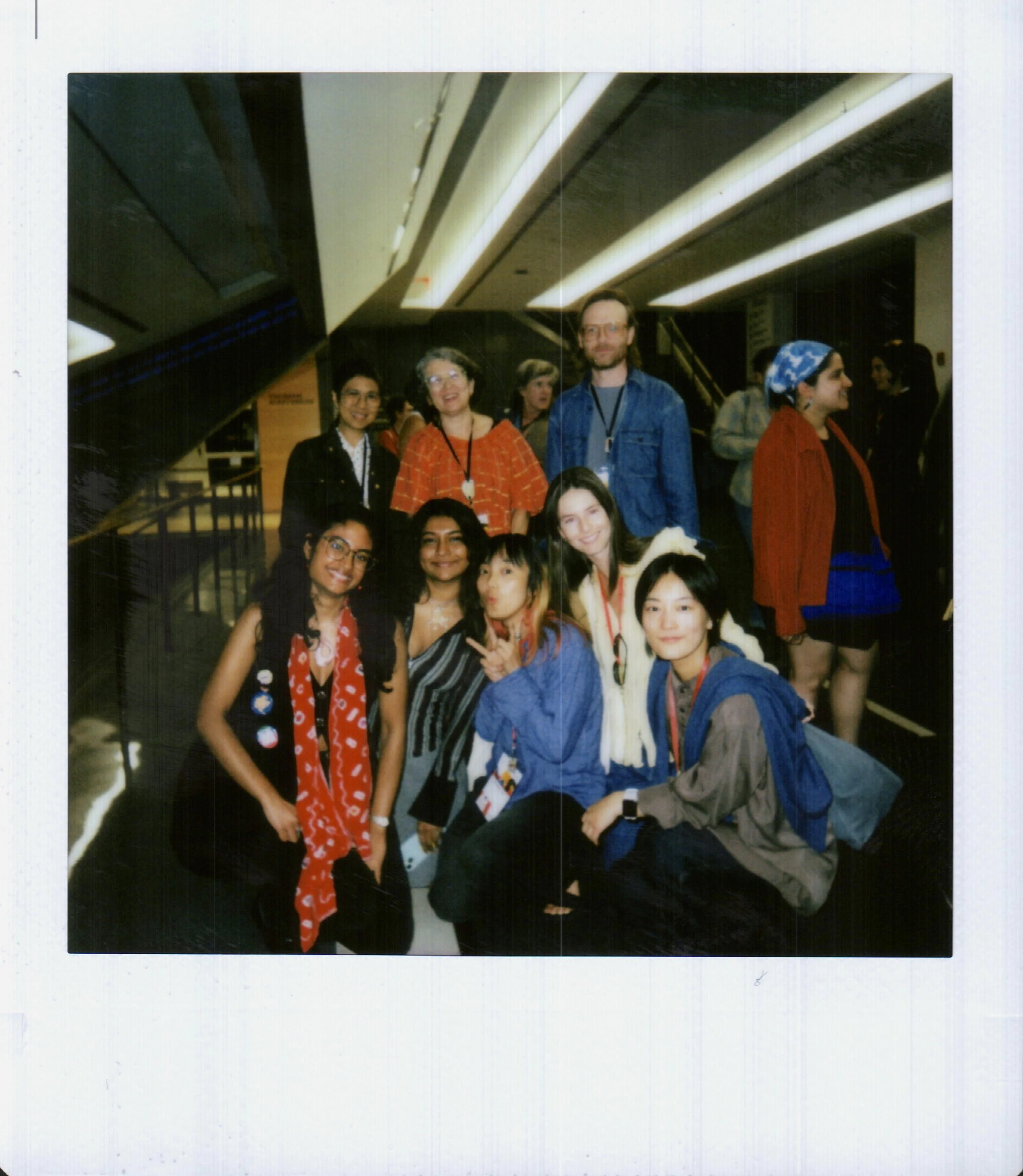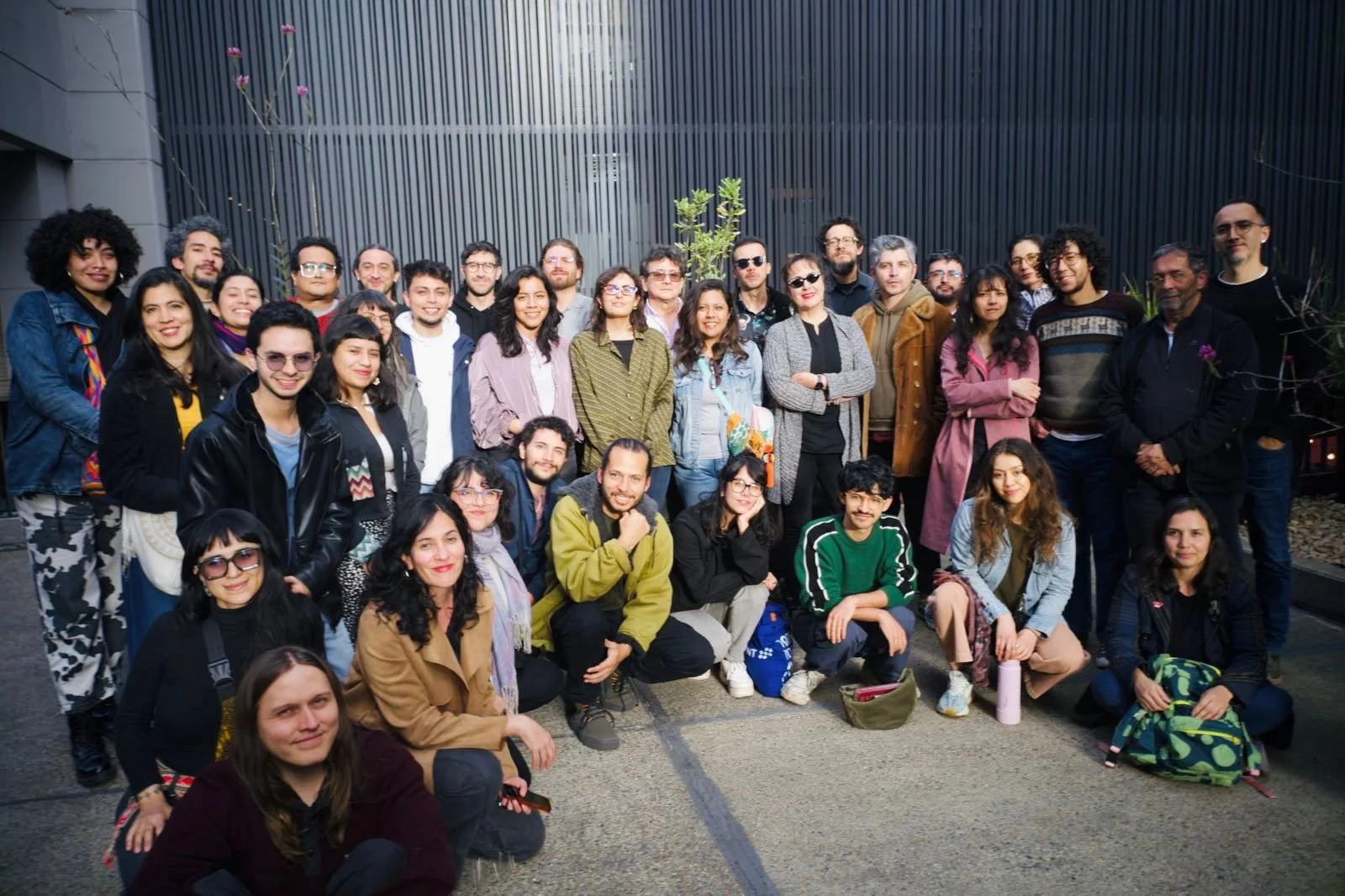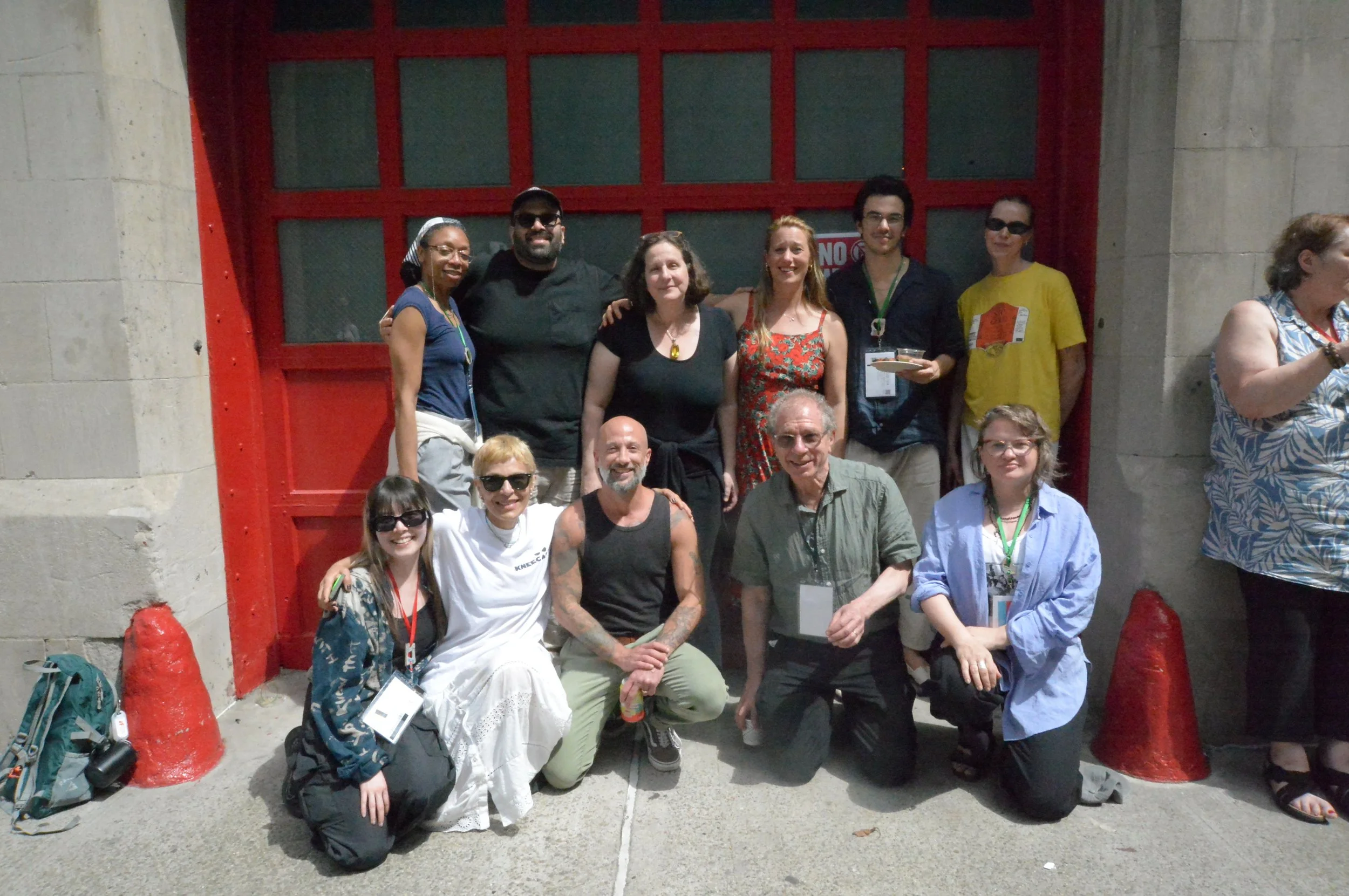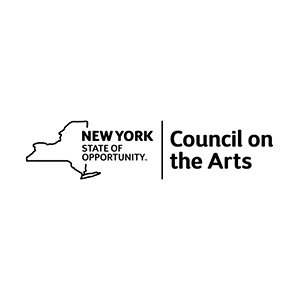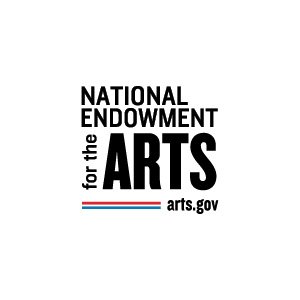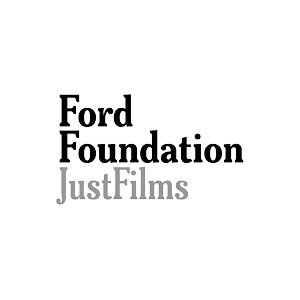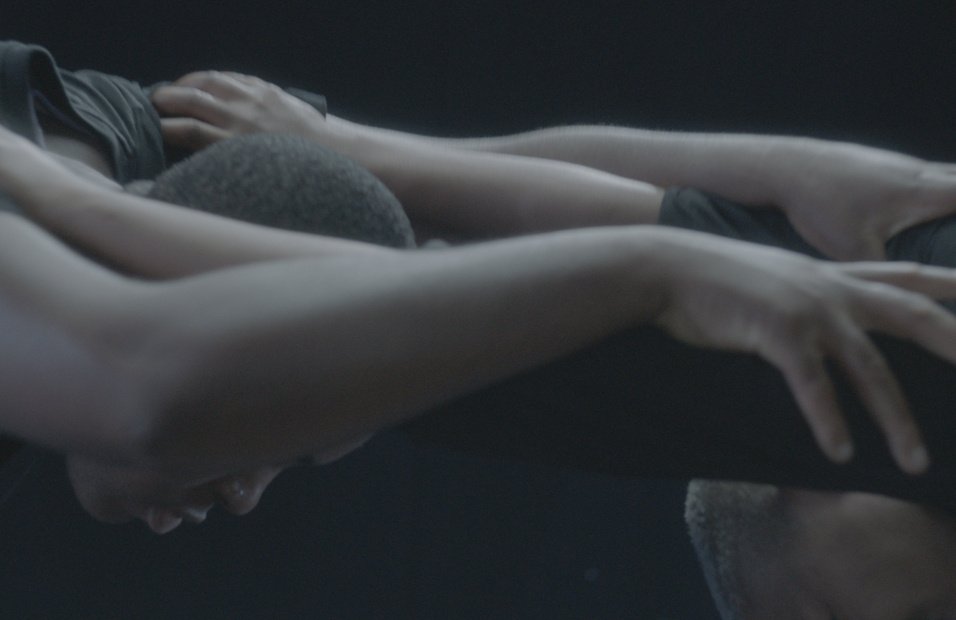ONWARD!
Thank you for the 70th Flaherty Film Seminar
Thank you to the over 1400 people who joined us for the 70th Flaherty Film Seminar, Onward!
This includes over 400 people in New York City, 350 Pod Participants, 150 Online Participants, and over 500 people forming Gatherings around the world.
The Onward! seminar took place in over 45 Countries and fostered hundreds of conversations in dozens of languages, alongside a multitude of questions — such as the following, drawn from virtual.theflaherty.org:
How can cinema help us go ONWARD when the whole world, or what looks like the whole world, is so determined to drag us backward, downward, hellward? - from Salaya, Thailand
How can cinema not be separate from the world, but emanate from it, exist within it, become a nutrient in its very soil - how can the world then begin to emanate from its cinema? - from New Delhi, India
Is it possible to create a network that allows us to continue sharing voices and perspectives in these turbulent times? - from Bogotá, Colombia
How can we continue to build from our practices and collectives more spaces of resistance, struggle, dialogue and hope? - from Limá, Peru
Can we build new vocabularies for images and resistance? - from Porto, Portugal
For you to explore: our Archive of ONWARD!
Our website is now updated with the following information about the Onward Seminar experience. Whether you were able to join the seminar in June / July or are curious to know more, we invite you to spent time with our archives:
PROGRAM | FILMS | ARTISTS | FELLOWS
ONLINE EXPERIENCE | PODS | GATHERINGS
TEAM | PARTNERS
PHOTOS
THANK YOU to our 2025 Seminar Artists!
We are grateful to all the artists were present in various forms of the Seminar this year. Thank you to following artists whose works were shared on our cinema screens!
Activist Archivists*
Akram Zaatari*
Alejandro de los Rios, NOVAC*
Alex Rivera*
Anahita Razmi
Angela Park, Norbert Shieh, Visual Communications*
Asim Aziz*
Bill Brand
Camille Billops
Carlton Jones, Louis Massiah, Scribe Video Center*
Cauleen Smith
Charles Raboteau, Gail Loney, Jacqueline Wiggins, Marcus Rivera, Tinamarie Russell, William Michael, Scribe*
Haskell Wexler
Ignacio Agüero
James Blue with Adele Naude Santos*
Jazmin García*
Jeanne Keller, New Orleans Video Access*
Jocelyne Saab*
Jon Goff, George Twopointoh, Compton A. Timberwolf
Karrabing Collective
Larissa Sansour*
Louis Massiah, Terry Rockefeller
Madison Buchanan, Appalshop*
Maria Estela Paiso*
Maxime Jean-Baptiste
Meriem Bennani*
Myriam Charles
Omar Amiralay
Orlando Ford, Detroit Narrative Agency*
Otolith Group
Sara Gomez
Sofía Gallisá Muriente*
Sudanese Film Group
Tim, Rio, B Media Collective*
Tony Buba*
Victor Jara Collective*
William Greaves, David Greaves, Liani Greaves
*Fellows Only Programs
The 70th Seminar took a village: thank you to all who contributed
Seminar Programmers
Carlos Gutiérrez and Zaina Bseiso
Richard Herskowitz and Louis Massiah
Janaína Oliveira and Christopher Harris
Fellowship Program Contributors
Jemma Desai and Ethan Philbrick
Fellowship Doulas
Lynne Sachs, John Muse, Samia Labidi
Pod Managers
Aisha Jamal — Toronto
Chalida Uabumrungjit, Kong Rithdee & Sanchai Chotirosseranee — Thai Film Archive
Mariale Mosquera — Cinemateca de Bogotá
Emile Fegté / Klein — Los Angeles
Maile Costa Colbert — Lisbon
Anuj Malhotra — New Delhi
Amarante Abramovici — Porto
Magdalena Kielbiowska — Warsaw
Thank you too to our numerous facilitators, in NYC, and in Pods & Gatherings.
Our Team
The Flaherty in its 70th year is composed of:
Samara Chadwick – Executive Director
Juan Pedro Agurcia – Program Director
Anne de Mare – Grants and Special Projects Lead
Anisa Hosseinnezhad – Fellowship Programmer
Maliyamungu Muhande – Brand Art Direction
Zile Liepins – Graphic Design & Photography
Simone Barros – Programs Coordinator
Elizabeth Kroner – Production Coordinator
Nehal Vyas – Online & Digital Communications Coordinator
Michael Krish – Online Advisor
Eynar Pineda – Production Consultant
Jules Rosskam – Online Fellowship Coordinator
Sun Park – Fellows Coordinator
The Flaherty Board of Directors
Pablo de Ocampo, President
Dessane Lopez Cassell, Vice President
Ted Kennedy, Treasurer
Patti Bruck
Steve Holmgren
Ruth Somalo
Juana Suárez
The Flaherty thanks all our partners, who support the Seminar, Fellowship, Pods,
and our wider work as an independent organization.

